A few years ago, Devolver Digital and Nomada Studio hit it big with Gris, which shifted several million units – rare for an indie game – and gathered up any number of awards and accolades. The success was for good reason, too. Gris is a hauntingly beautiful, powerful and evocative work of art that tackles some heavy themes. After a break to reset the creative energies, Nomada is now back with its second title. Neva releases in a matter of weeks and Devolver clearly has a lot pinned on it, as the publisher flew media from all over the world to Spain for a special event to preview the game and talk to the developers (disclaimer: yes, I was there as a guest of Devolver). They’re probably making a fair gamble on it though, given that just like Gris, Neva is a hauntingly beautiful, powerful and evocative work about some heavy themes.
So much of the talent that made Gris the stand-out experience that it was is present in Neva. The project has the same art director and creative lead. It’s the same musical team. It’s also a 2D platformer. But to suggest that the developers are playing it safe and “doing more Gris” after having such commercial success would be unfair, because Neva is its very own thing.
For one, there’s a heavy and direct inspiration from Studio Ghibli in Neva. The enemies (we’ll get to that soon) are clearly drawn from Spirited Away. The relationship between the girl and nature are riffs on Princess Mononoke and Nausicaa. But far from being slavishly derivative as so many “inspired by Ghibli” projects are, the artists at Nomada have taken that Studio Ghibli inspiration and used it to enhance their own ideas. The aesthetics are not Japanese, and are heavily inspired by the character of Barcelona that the Creative Director, Conrad Roset, told me several times over was so important to his creativity. Neva is Ghibli meets Spain, in other words, and the sheer original quality of the art just doesn’t truly hit home until you’ve got a controller in your hand, experiencing it in full context for yourself.
In terms of gameplay, the main difference between Gris and Neva is that there is combat with those Ghibli-inspired enemies. This does come across as something of a risk by the developers because gamers can become painfully short-sighted when it comes to combat systems. The moment there’s one in a game there’s the expectation that it needs to aim for complexity and intensity, effectively competing with a God of War or Fromsoftware game. If the developers then fail to deliver that complexity and challenge the game gets treated as though its “inferior,” and it doesn’t seem to matter what else the game gets right. If the combat isn’t engaging, it’s an Achilles heel moment.
Neva’s combat system is far more simple than most action games – at least, from the demo that I played – but it’s by no means bad. Every encounter has its own quirk which turns combat into a kind of puzzle-like process where you need to figure out how to defeat enemies while dealing with whatever special conditions come into the battle’s environment. Because every regular battle – let alone the bosses – is so curated, it also means that you’ll never feel like a battle is there just for the sake of throwing more action at the player. Everything about each of them has been meticulously designed to actually add something to the meaning and impact of the game.
There’s also a beautiful flow to the combat, and indeed the general movement of Neva. There’s a dance-like grace to the way that you traverse the world, with the game emphasising onward movement without getting too tied down in any particular area. At first, this seems almost counter-intuitive. Floating through such an intricately beautiful series of spaces at such speed feels like it should be a waste of the gorgeous art direction. And yet it’s not. What I realised as I played is that the melancholic, beautiful sadness at the core of Neva is better felt that studied, and by setting the pace of the game as they have, the team at Nomada has expertly crafted something that you’ll feel rather than think too heavily about while in the moment.
The themes are powerful – Neva tells a story of environmentalism and the relationship between humans and animals. It’s also a story that reflects on parenthood, with the relationship between the main protagonist and their fox-like companion animal mirroring various stages of parenting, from looking after a totally dependent baby to the later relationship shifts as the “child” becomes more independent and capable. The fact the game is structured into seasons suggests that there’s almost certainly going to be some reflection on death within it (i.e. once you get to that Winter season). So there is a lot there that players will be able to think about once they put the controller down. Neva’s hard to stop thinking about when you’re not playing. However, Neva is designed first and foremost to be felt and experienced, so don’t be surprised if you find yourself feeling like you’re flying through and simply absorbing it as you play.
Overall, based on my time with the game, Nomada has delivered yet another powerful work of art. Gris was already a mature, refined, exceptional piece in its own right, but Neva feels like the result of a studio more confident that its ideas do resonate and that its stories, messages, and experiences have a place. The only question mark is whether the combat will hit the right note with players. It is excellent, but it’s also not aiming to be one of those games lauded for an intricate combat system. With any luck people who play it will not see it as “limited” or “simple” but rather interpret the dance-like beauty of it as perfectly complimentary to the rest of the game’s powerful themes and messages.
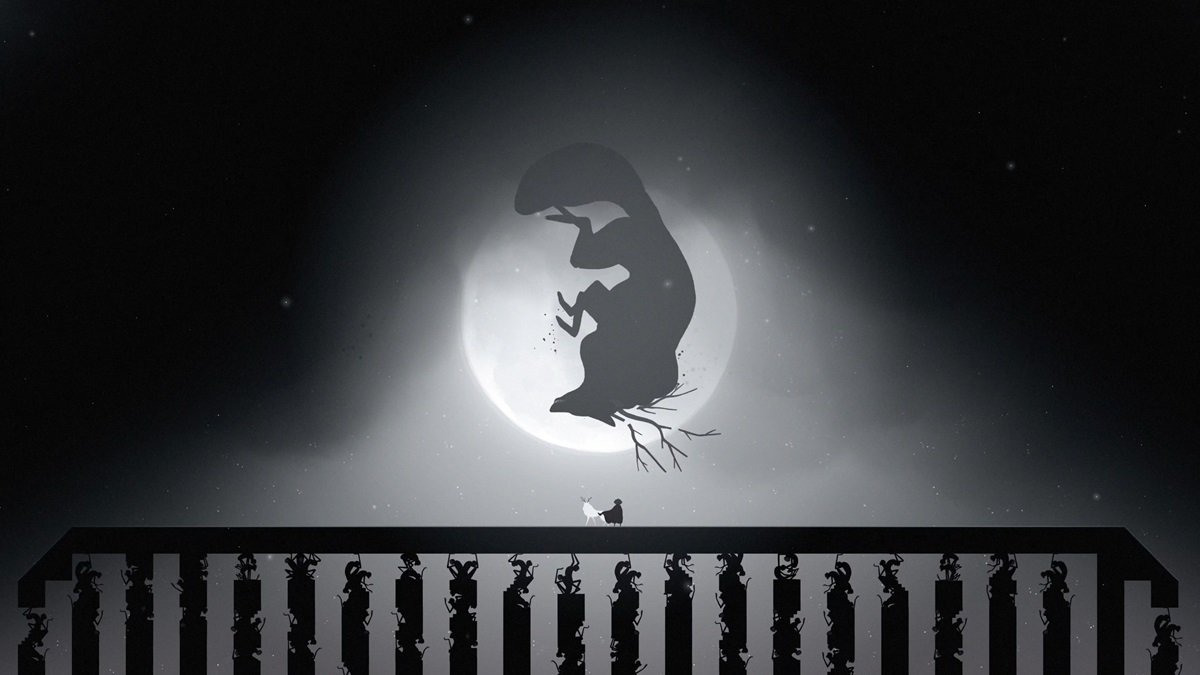


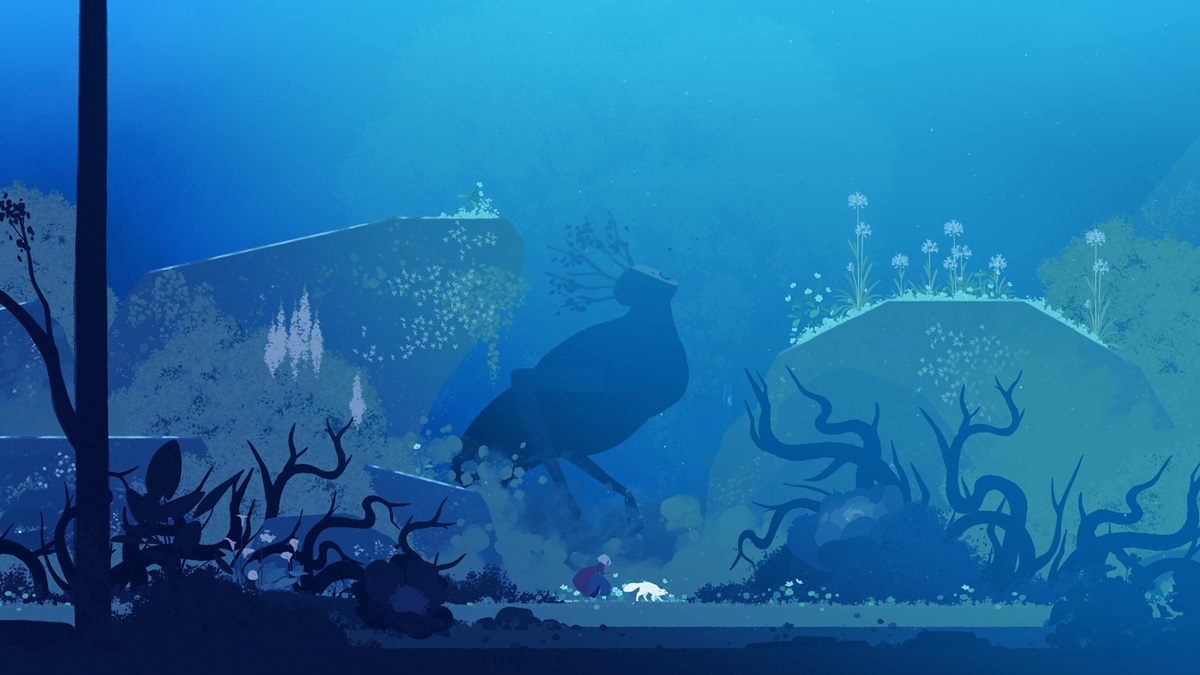

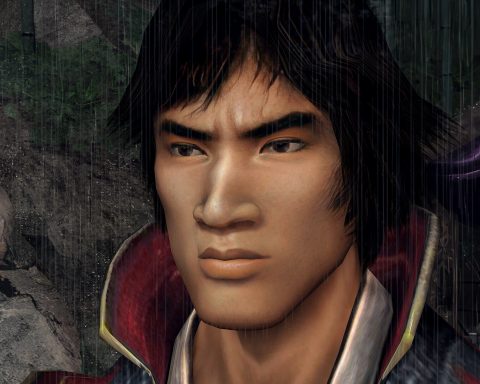
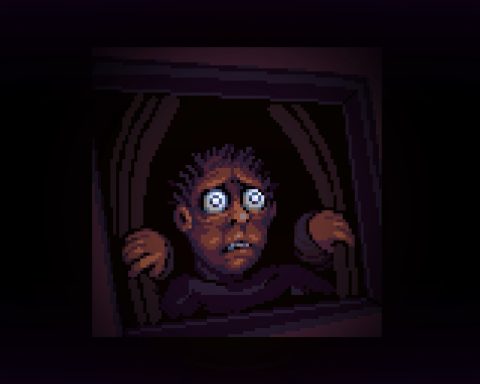
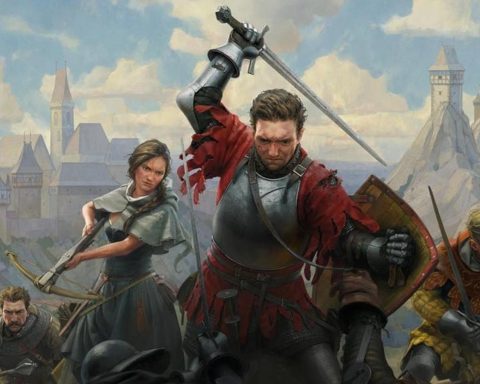

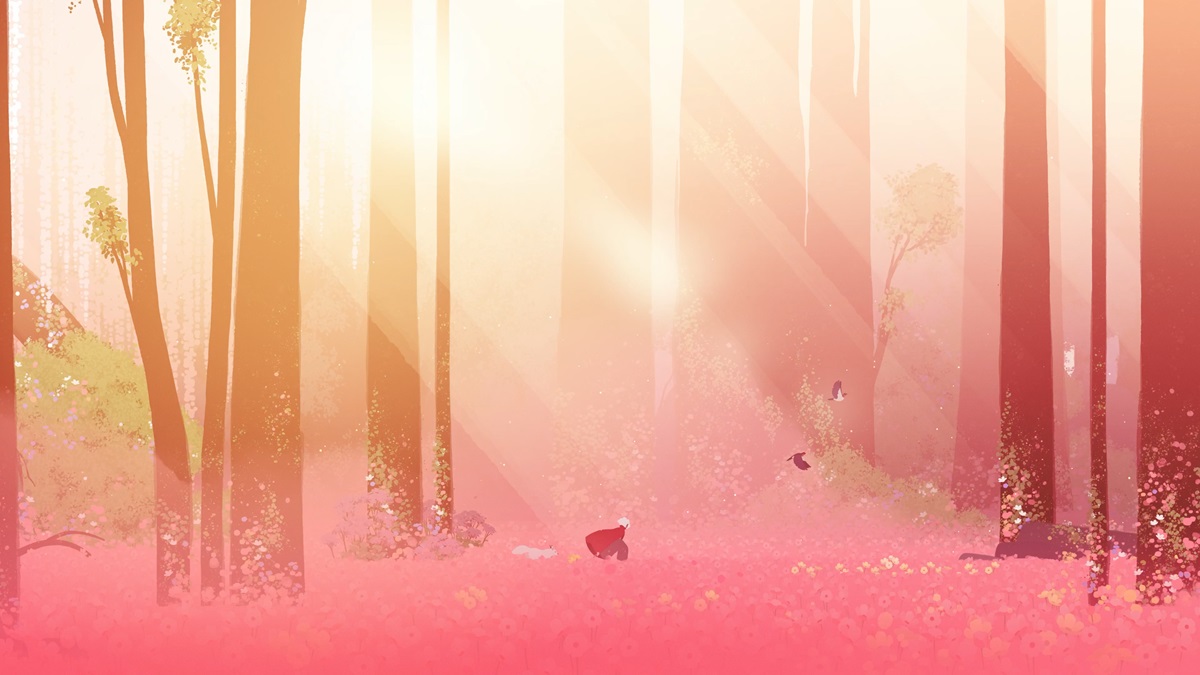
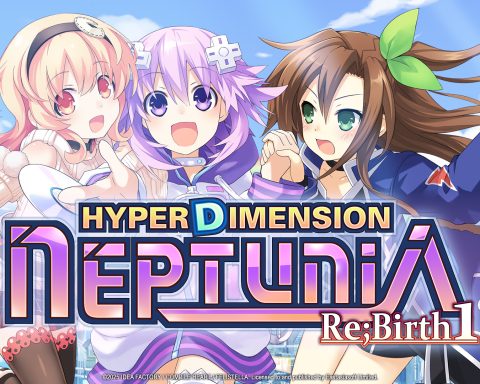

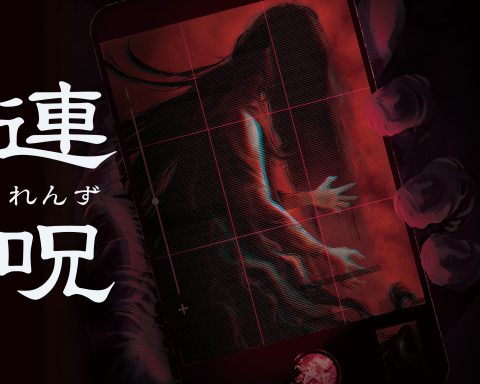
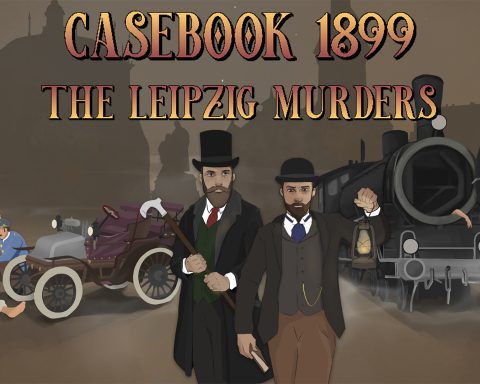
« as the publisher flew media from all over the world to Spain for a special event to preview the game and talk to the developers (disclaimer: yes, I was there as a guest of Devolver) »
Let’s not talk about the carbon footprint of such an event… Flying all the way to Spain and back, you emitted more carbon than you should in one entire year. This has to matter more than any video game presentation.
Putting aside the fact that my personal carbon impact is just minuscule to the point of being totally irrelevant (Tokyo Game Show is on this week and will consume more carbon in one second than I will this year, even with this trip), while in Spain I had dozens of cultural and artistic experiences that I would never have had otherwise. I’d never been to the country, and came back from the trip with a wealth of new ideas and perspectives.
Including a better understanding of the efficiency of European cities vs Australian ones. I now have more knowledge and a better capability to argue for sustainability.
Humanity is not going to overcome the big issues facing society – including climate change – through ignorance. People travelling for new experiences and to new countries is a net positive.